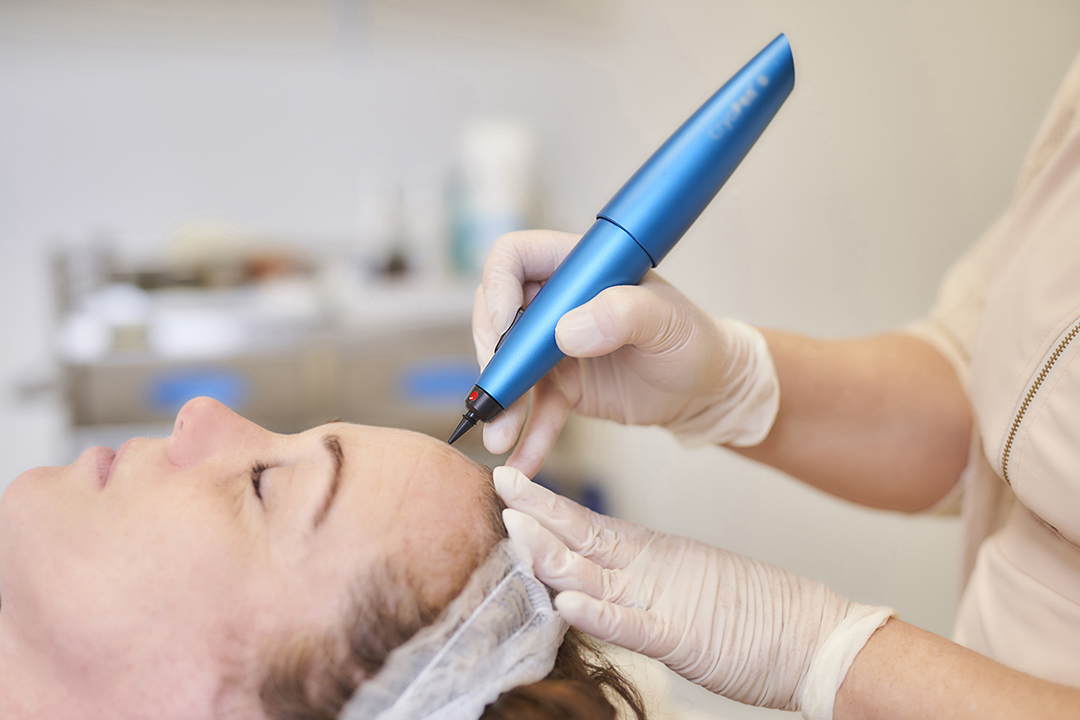Dermatofibroma
At Skin Revision we offer an advanced medical-grade treatment for Dermatofibroma. CryoPen is a cutting-edge cryotherapy device that effectively removes Dermatofibromas with minimal discomfort and downtime. Here’s how the treatment works:
- Consultation: An initial consultation is made over the phone and with the help of a supplied photo by the client. This allows us to assess the Dermatofibromas and determine if CryoPen is the correct treatment for you.
- Cryotherapy: The CryoPen device is used to apply a precise, controlled amount of extreme cold (-89 degrees nitrous oxide) to the Dermatofibroma. The cold temperature freezes and destroys the abnormal tissue with minimal discomfort.
- Procedure Duration: The treatment typically takes only a few minutes per lesion.
- Post-Treatment: After the procedure, the treated area may appear red and swollen, similar to a mild frostbite.



